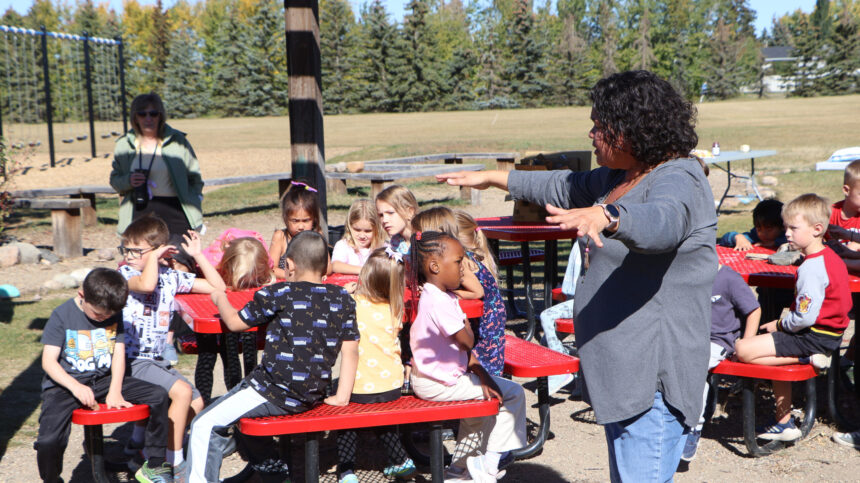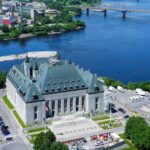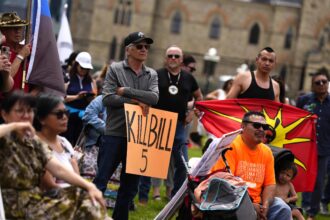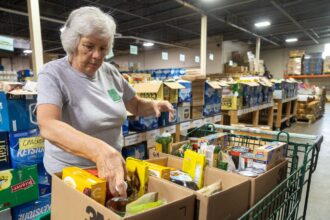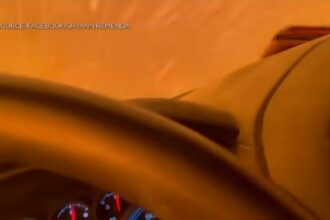In the heart of Lloydminster, a remarkable gathering unfolded last week as students from across the city participated in what organizers are calling a “milestone moment” in cultural reconciliation efforts. The event, hosted at Lakeland College’s main campus, brought together over 300 students from diverse backgrounds to engage in meaningful dialogue about heritage, identity, and mutual understanding.
“What we witnessed today goes beyond typical cultural exchanges,” said Danielle Cardinal, one of the event coordinators and member of the Onion Lake Cree Nation. “These young people aren’t just learning about differences—they’re actively building bridges that their generation will walk across for decades to come.”
The day-long forum featured a carefully curated blend of traditional Indigenous ceremonies, faith-based discussions, and interactive workshops designed to help students recognize shared values across seemingly disparate cultural backgrounds. Participants moved between stations featuring traditional medicine teachings, storytelling circles, and dialogue sessions focused on finding common ground.
Grade 11 student Mia Thompson described the experience as transformative. “I’ve lived in Lloydminster my entire life, but I never truly understood the depth of Indigenous teachings until today. The medicine wheel workshop completely changed how I think about balance in my own life.”
What distinguished this gathering from other cultural events was its deliberate focus on reconciliation through mutual understanding rather than mere acknowledgment. Elder Joseph Standing Bear, who conducted the opening prayer ceremony, emphasized this distinction to attendees.
“Reconciliation isn’t about one group teaching while another listens,” Standing Bear told the assembly. “True healing happens when we all recognize the wisdom each tradition brings to the table, when we find those universal truths that connect us despite different expressions.”
The initiative emerged from a collaboration between the Lloydminster Catholic School Division, local First Nations communities, and religious leaders from various faiths represented in the border city. Planning took nearly eight months, with student representatives playing key roles in shaping the agenda.
Education officials noted the event aligned perfectly with updated curriculum guidelines that emphasize experiential learning about Canada’s diverse cultural landscape. Superintendent Michael Richardson expressed hope that the model could be replicated in other communities.
“What’s happening here represents education in its purest form,” Richardson said. “These students aren’t memorizing facts about reconciliation—they’re living it, questioning it, and ultimately embodying it. The conversations I’ve overheard today give me tremendous hope for our collective future.”
Perhaps the most powerful moment came during the closing ceremony, when students formed a large circle encompassing the entire gymnasium. Each participant tied a colored ribbon to a central installation, creating a vibrant tapestry that organizers explained would be displayed permanently at City Hall as a symbol of Lloydminster’s commitment to ongoing reconciliation.
For many attendees, the experience prompted reflection on identity and belonging. “I never really thought about how my faith and my culture connect before today,” said Grade 10 student Aiden Johansen. “Now I see how these different parts of who I am can strengthen each other instead of competing.”
As Canada continues navigating complex conversations about reconciliation, events like this one in Lloydminster demonstrate the potential for meaningful progress when young people lead the way. The success of this gathering raises an important question: How might other communities harness the natural openness of youth to forge new paths toward healing historical divisions?

